
The internet contains anything and everything, from answers to actions, but effective use of it still takes too many steps. Switching back and forth between tabs, searching in half a dozen different sites, summarizing the content, and switching apps just to get a basic task done is too time-consuming.
Enter Comet, a browser developed by Perplexity.
Comet is a Chromium-based browser that uses Perplexity's AI engine. With Comet, it transforms the normal browsing experience into a conversational one, where you can search, summarize, plan, and even make actions happen, all through natural language prompts.
In this blog, we will discuss how Comet works, its different advanced features, and how the examples are representative of how Comet is changing the way we browse the web.
What is Perplexity’s Comet Browser?
Comet is based on Chromium, and it is strongly hooked into Perplexity's AI models, which include Sonar and R1, as well as other external LLMs, like GPT-5, GPT‑4.1, Claude 4, Gemini Pro, and Grok 4.
It allows conversational control of web interactions right from the browser. Comet can interpret and act on your prompts, executing content from displays to interactions, not just displays. Perplexity's Comet browser is available through the Perplexity Max plan, which costs $200/month, with early access to Comet as a bonus; there will be access for free users later via an invite/waitlist process.
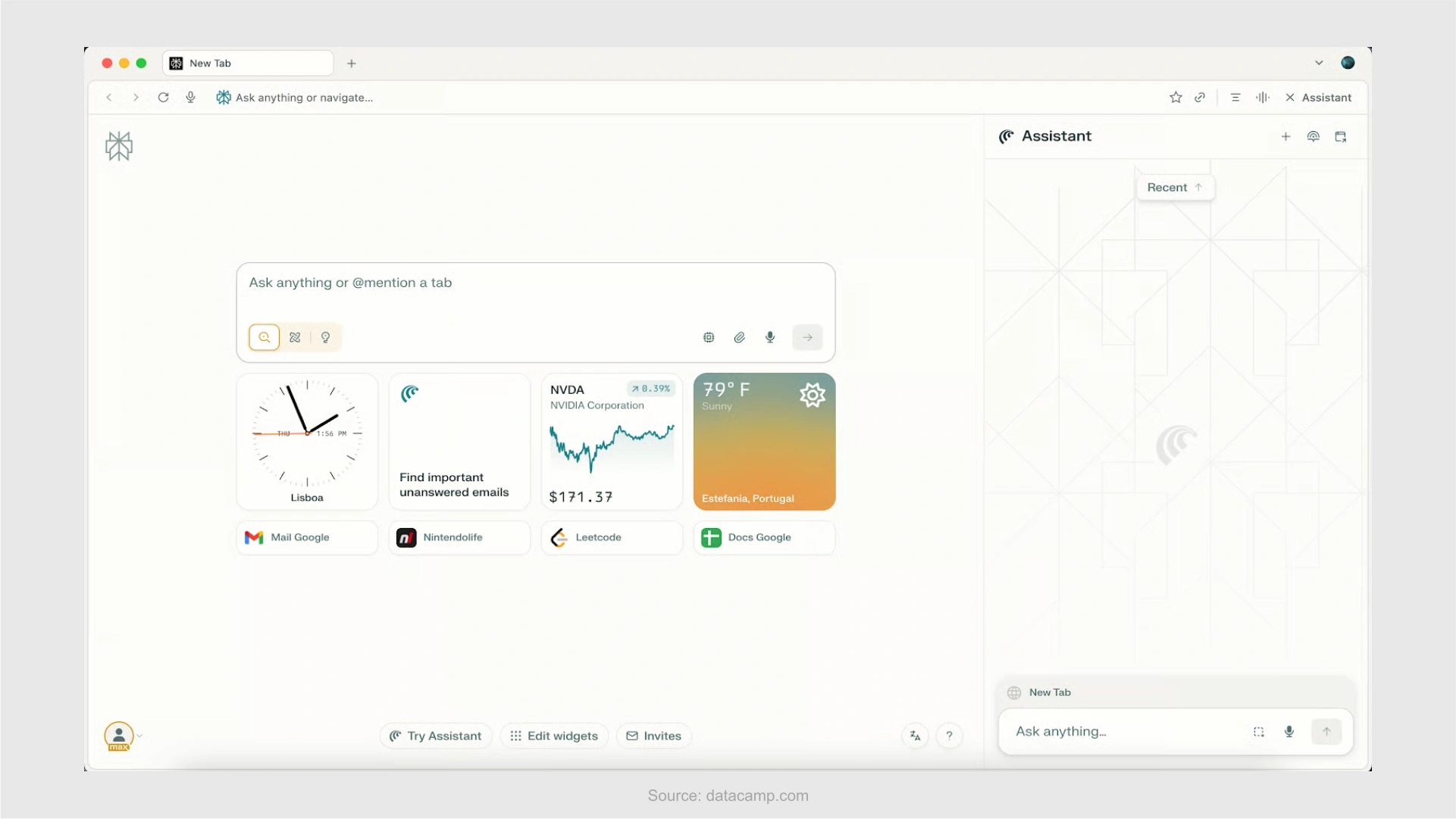
Key Features of Comet
Five Real‑World Examples to Try with Comet
Here are five practical scenarios to illustrate how Comet handles real tasks
Example 1: Managing Email Account
Task Context: Comet was tested as an email assistant by opening Gmail in a tab. Since the Gmail tab was active, Comet could directly interact with the Gmail tab without needing an API connection.
Outcome: In the beginning, Comet could not summarize an email because the user was not logged into Perplexity. After the user logged in, Comet was able to summarize a long email. It was also able to find important emails that hadn't been answered by directly controlling the Gmail tab, and even though the account wasn't connected with connectors, there was a blue outline around the tab that confirmed it was in control of the tab.
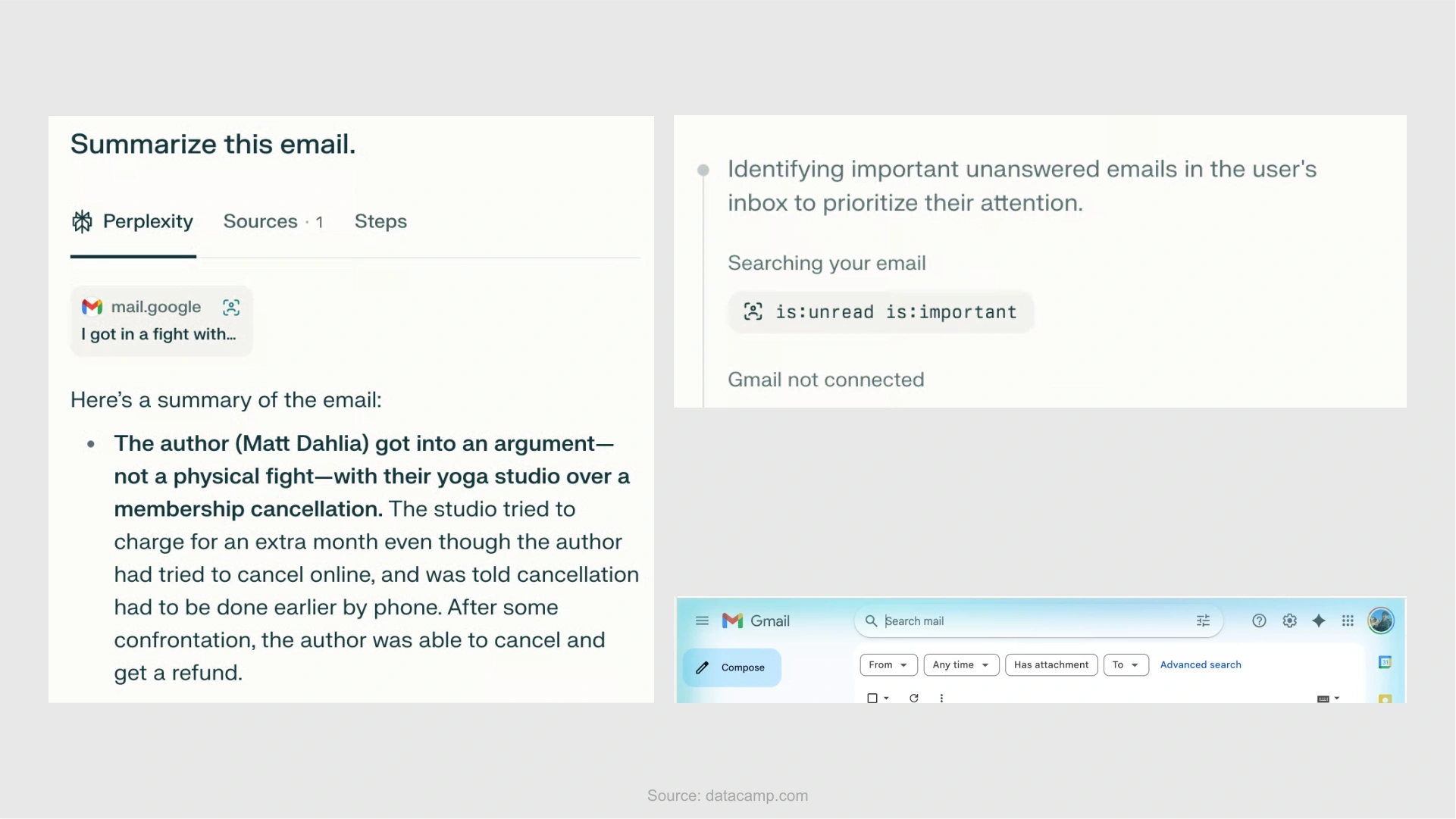

What this shows:
Comet functions across active browser tabs, detects context, and takes action, without backend integration. The usefulness of being able to summarize something or find emails, just by visually navigating the UI, indicates meaningful agency.
Example 2: Booking Flights
Asked Comet to find a one-way flight from Lisbon to Taiwan in August. The constraints were KLM, EVA, or Emirates only, no Boeing 737 Max, and at most, one stop, if necessary.
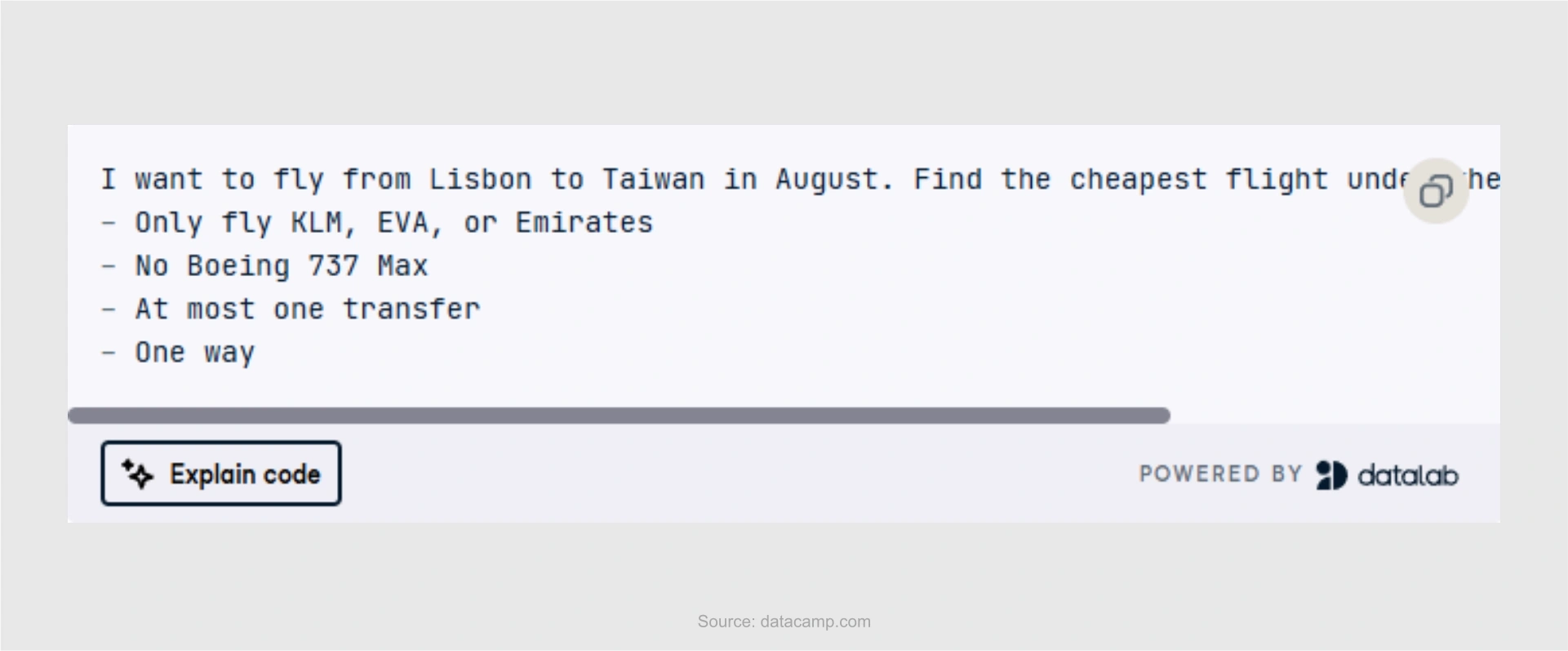
It initially returned information in table form, but only summarized information, and no tabs were opened. After that, it was prompted to search the websites of the individual airlines, and it did so, opening background tabs and grabbing live price info and the best dates from each.

Under the constraints of airline preferences, aircraft type, and the number of connections, Comet searched as many airline websites as possible in parallel. In other words, it identified the best flights, compared costs, and went through the booking workflow as much as possible up to the passenger information page.
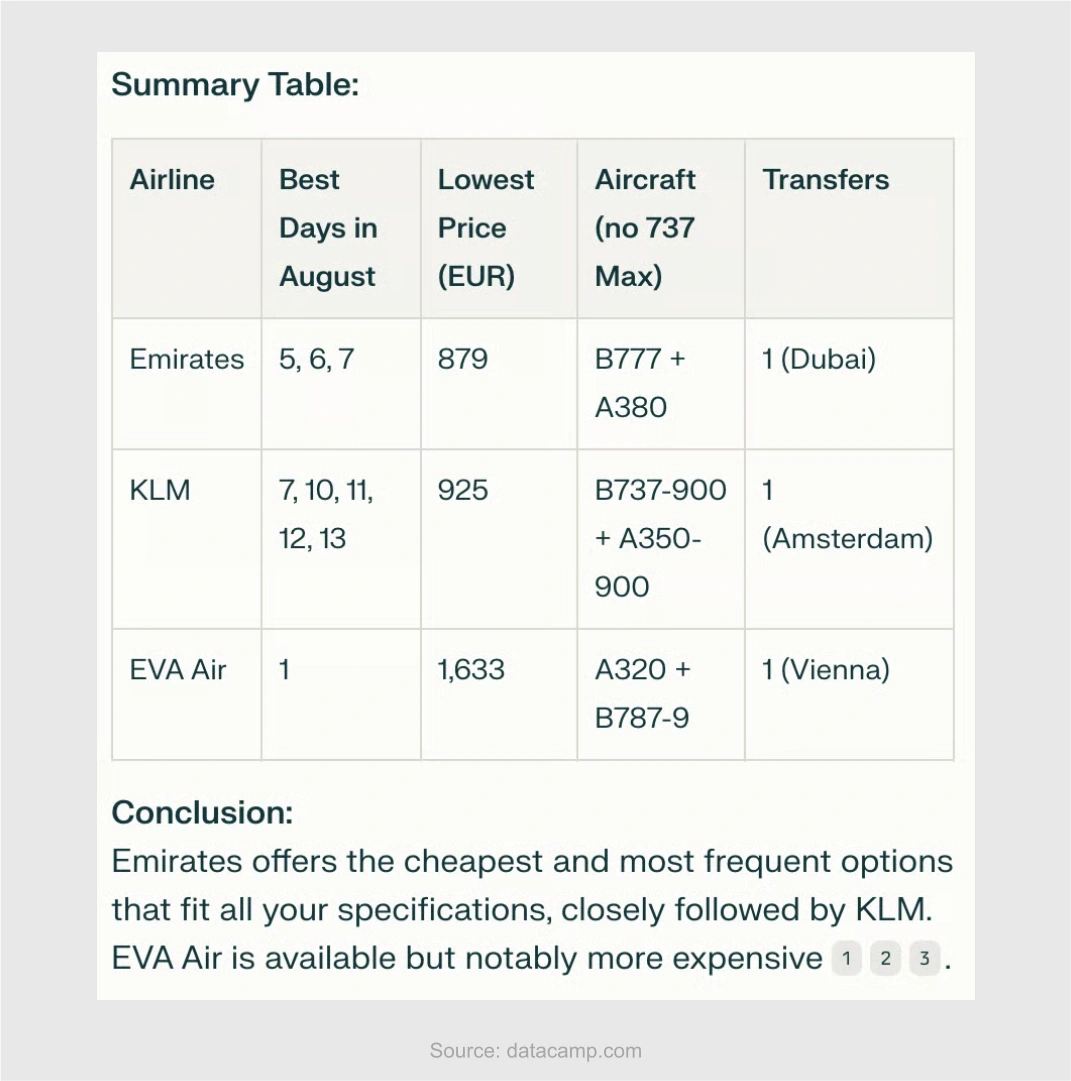
What this shows: Static search results are just one aspect of Comet. It provides genuine functional agency in decision-based processes by navigating authentic websites, applying limitations, comparing outcomes, and completing tasks almost entirely.
Example 3: Real-Time Learning Assistant That Understands Context
Comet can be an intelligent learning assistant while you surf the web. For instance, if you read a lengthy article, you can just ask it to summarize it for you instantly, or if you hit an especially difficult paragraph, you could say, "explain this like I'm five."
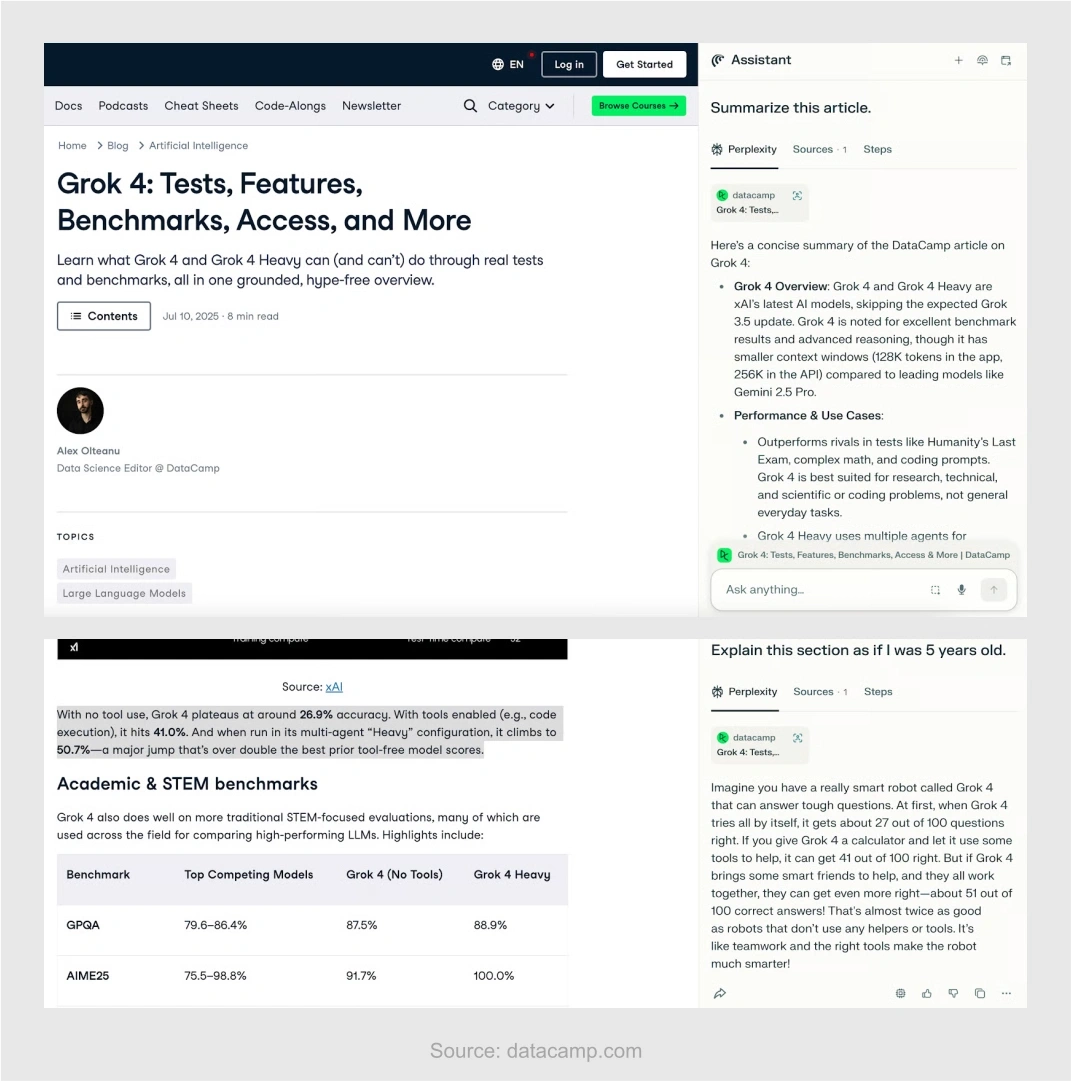
It automatically detects selected text and then provides explanations considering context.
So, for learners who want to quickly grasp complicated issues, Comet is a hands-on tool option, as you won't have to change tabs or view other content or copy it to an editor and then return to it.
Example 4: Automating Coding Tasks on LeetCode
Comet's capacity to use interactive coding platforms like LeetCode demonstrates its advancing autonomy. When given a problem, the assistant always generated Python code directly in the chat.
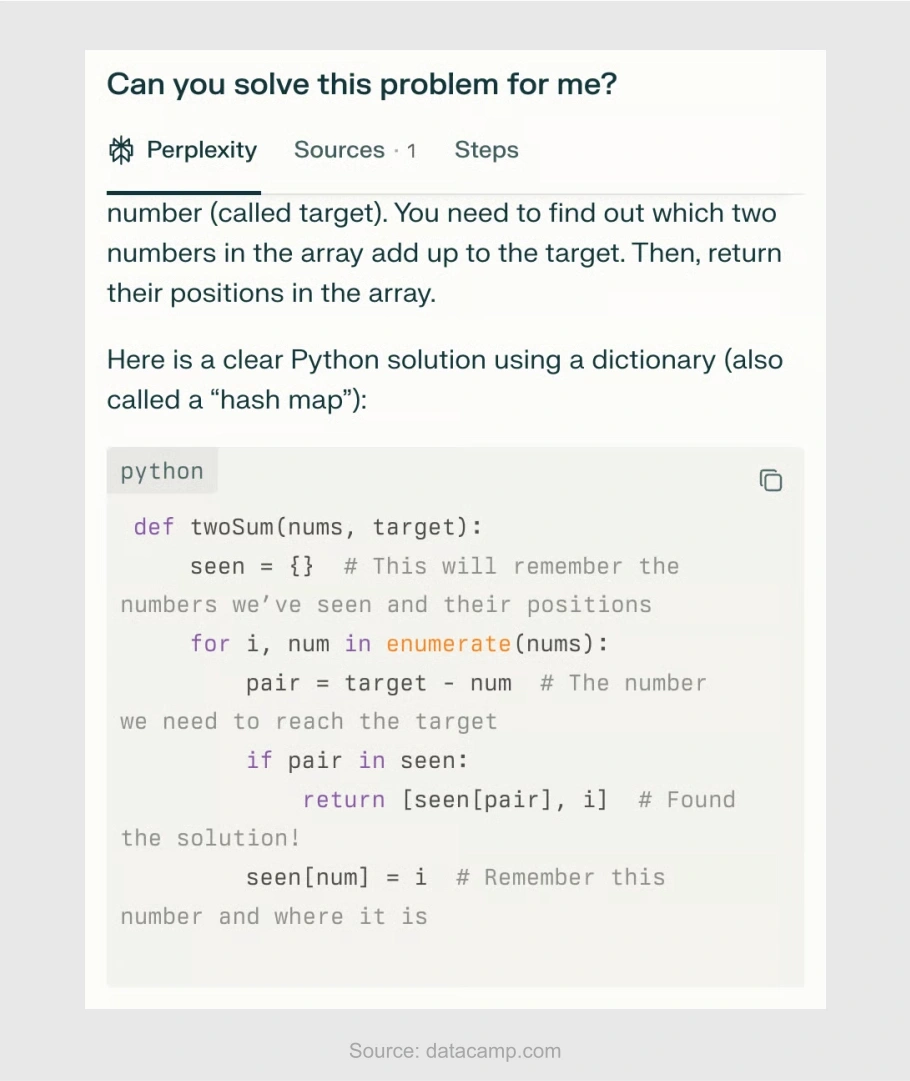
however, when prompted, it wrote the code directly in the LeetCode chat.

More importantly, it was able to submit the code for the user, pass all test cases, and have a better runtime than 100% of solutions out there.
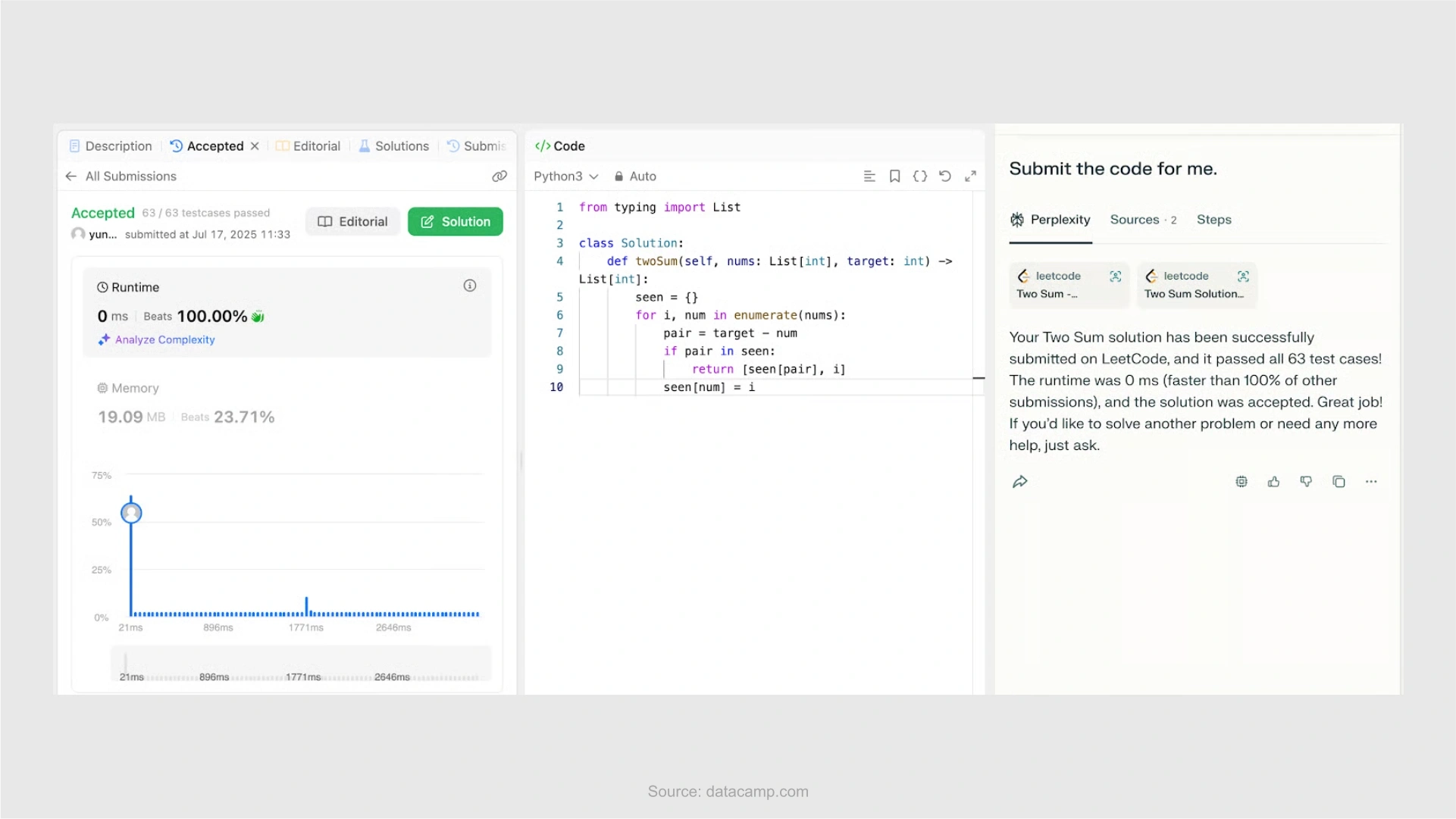
What this shows: Comet isn't simply generating working code; it is actively traversing and interacting with coding platforms like LeetCode, inspecting fields to provide input, entering solutions, and submitting.
The agency is an important advance over older offerings such as Google's Project Mariner, which lacked automated follow-through in these interfaces.
Example 5: Testing Comet’s Multi-Tab Intelligence
To see how Perplexity's Comet Browser would handle multiple tabs, open two tabs, one being a long article about video games and the other a blank spreadsheet. The prompt was for Comet to get the titles of the games and their ratings, or highlights, and key them into the rows and columns of the spreadsheet.
The assistant was able to start the task and fill in some of the data, but when noted for the first run, it was able to extract only a portion of the games. After providing some feedback, Comet processed it again and provided a few more entries.
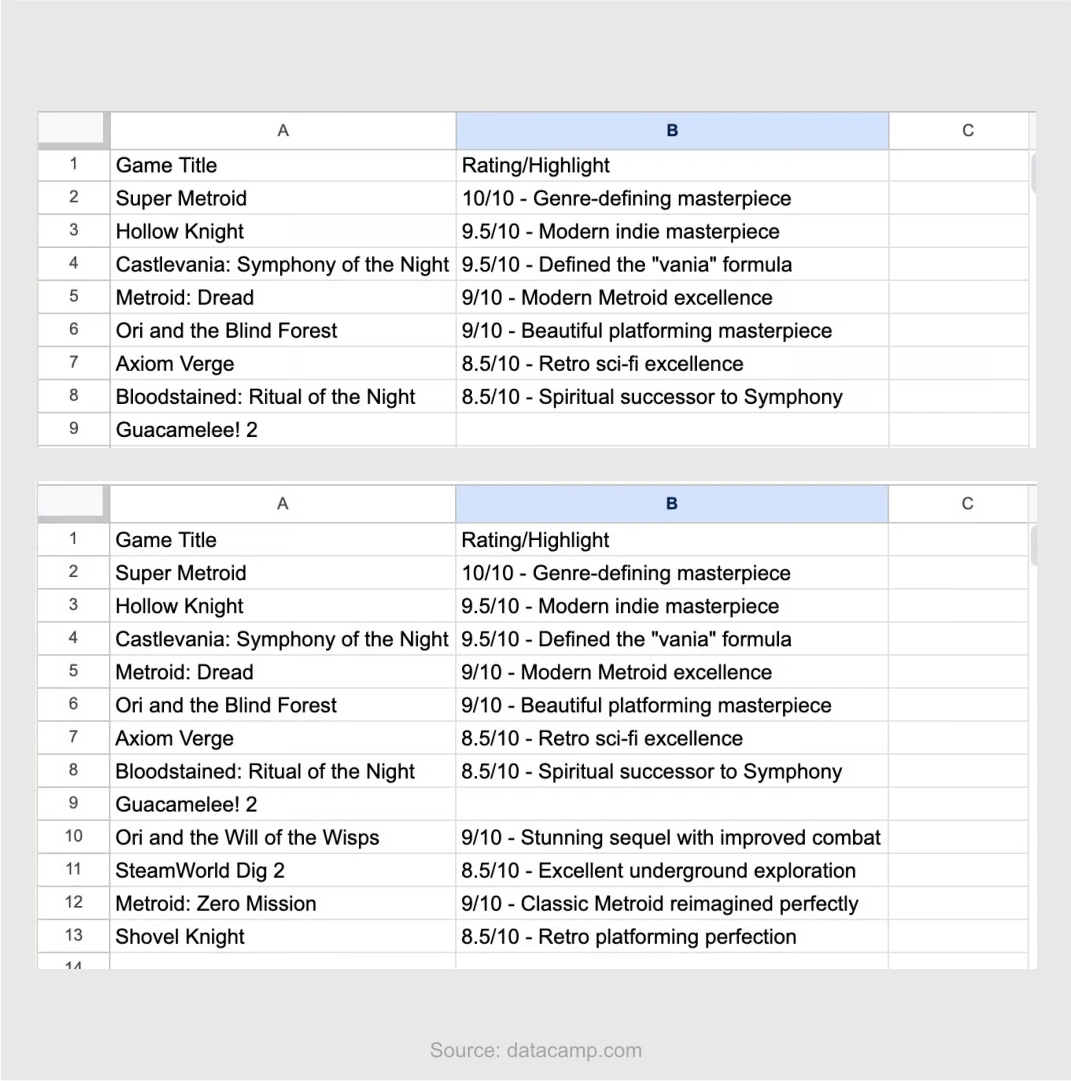
What this shows: Comet can handle multi-tab workflows and transfer structured data between tabs, but for long webpages, it may not be able to capture all of the information all at once. If users are interested in getting all of the data, they will probably have to manually check or prompt again to ensure it captures everything.
How Is Comet Different from Other AI Tools?
While AI tools like ChatGPT or Gemini can provide answers to questions or write code, Comet is unique in that it operates within your browser. No longer just a chatbot, Comet is an AI Agent that can:
Comet also amalgamates the built-in LLMs with real-time web data to provide validated results with citations for users. This is a significant difference compared to conventional LLMs.
Use Cases for Students, Professionals & Developers
Students: Summarize lecture PDFs, find online courses, and resolve doubts.
Professionals: Automate the job search on LinkedIn, gather competitor research, and draft emails.
Developers: Debug code, compare libraries, and generate documentation.
And the best part? You don’t have to be tech savvy, a simple sentence like "create a budget planner in Google Sheets" is all you need.
Future of Browsing Is Agentic
With Comet, the browser is now an assistant, thinking, researching, acting, and adapting to you. This rethink of interacting with the web is just the beginning of a much larger movement toward agentic AI; these tools will not only provide answers but will also perform actions. As AI technology improves, we will see more integrations that do not just browse, learn, automate, and decide. Comet is an early but strong step in that direction.
Conclusion
Perplexity’s Comet goes beyond a typical AI browser; it’s a productivity rocket ship. Whether it’s booking tickets, following a DIY tutorial, or learning a new skill, Comet translates your intent into actions.
As tools like Comet continue to transform the digital environment, the question is not whether AI will impact your job, but when. The best way to stay viable and in control? Start learning AI and Machine Learning now. The United States Artificial Intelligence Institute (USAII®) provides globally recognized AI and Machine Learning certifications that will allow you to:
Explore USAII’s AI training programs today and become the human behind the next-gen AI tools. Because the truly advantageous position within the age of intelligent agents comes not from the agents themselves, but from our understanding of how they think, work, and behave. Equip yourself now, and be a leader in the transformation.
Follow us: